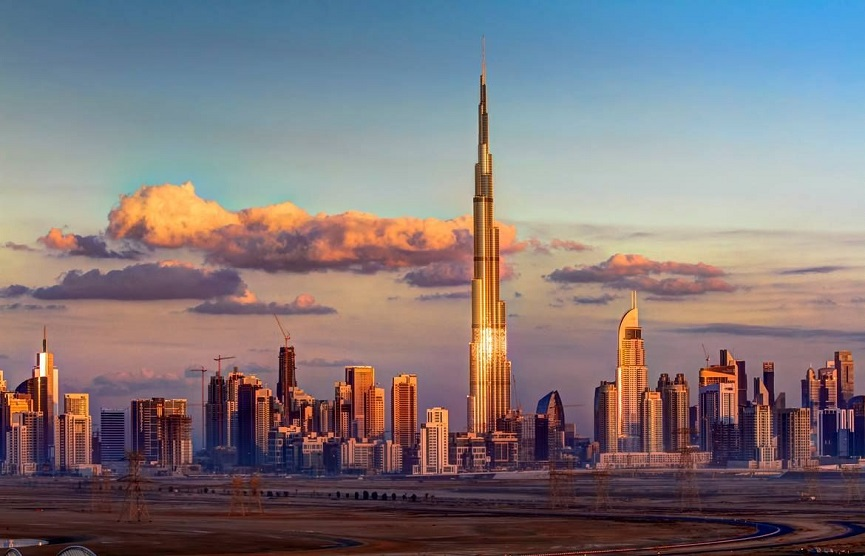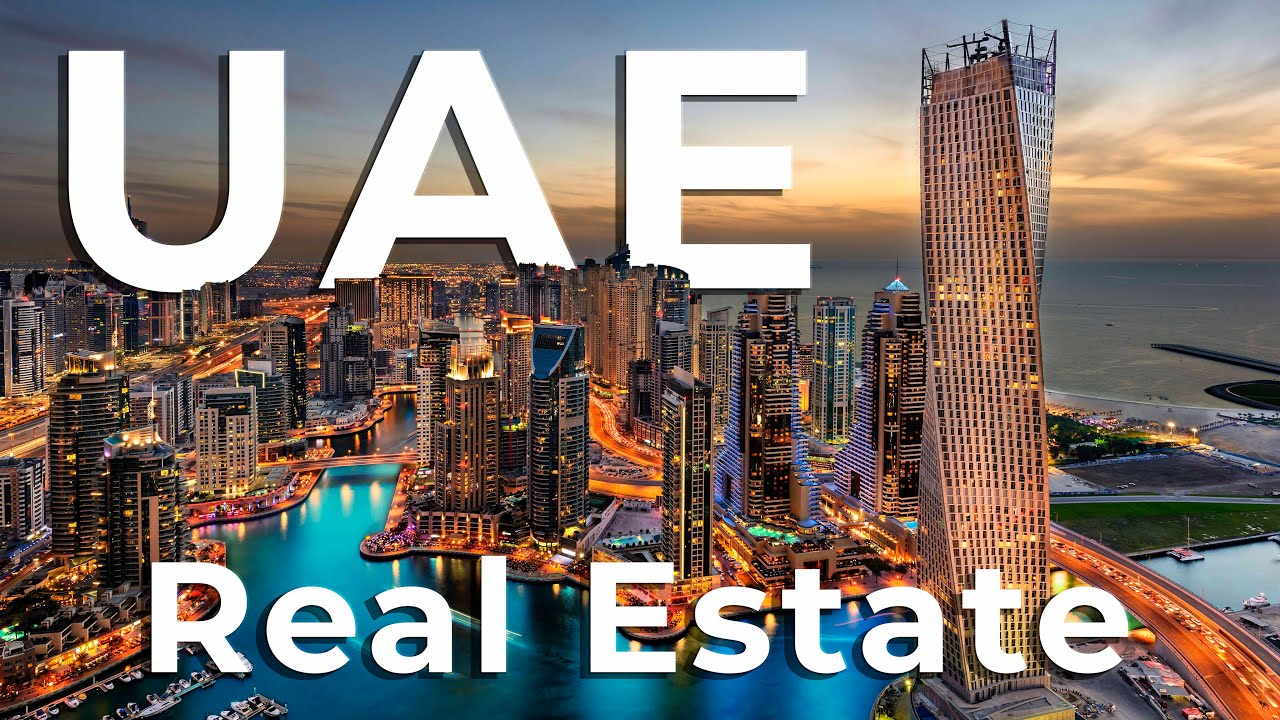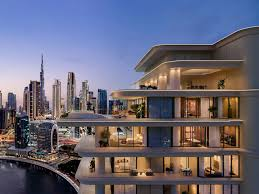Now Reading: Dubai’s 2050 Green Construction Plan Will Change Everything
-
01
Dubai’s 2050 Green Construction Plan Will Change Everything
Dubai’s 2050 Green Construction Plan Will Change Everything

Table of Contents
Dubai, UAE – June 2025 – The city known for its skyscrapers, luxury living, and record-breaking developments is now aiming for something far more important—sustainability. Dubai has officially announced its bold Green Construction Plan 2050, a wide-reaching strategy to make the city’s built environment fully eco-friendly, carbon-neutral, and globally admired for its environmental leadership.
This ambitious initiative supports the UAE Net Zero by 2050 Strategic Initiative, a nationwide commitment to cut greenhouse gas emissions and transition into a low-carbon economy. With construction accounting for nearly 38% of global CO₂ emissions, transforming this sector is key for Dubai’s sustainable future.
What Is the Green Construction Dubai 2050 Plan?

The Green Construction Plan 2050 is a roadmap to redesign how Dubai builds, operates, and lives in its buildings. It focuses on:
- Reducing carbon emissions in construction and real estate
- Switching to renewable energy sources
- Implementing green building codes and technologies
- Recycling and reusing construction waste
- Encouraging green investment and innovation
Dubai’s government, along with private developers and international sustainability experts, will work together to create climate-resilient urban infrastructure—smart cities, green buildings, and energy-efficient communities.
Why Dubai Is Going Green Now
Dubai has always been known for growth, but with rapid expansion comes environmental responsibility. The UAE is already experiencing the effects of climate change, including rising temperatures, dust storms, and water scarcity. With Expo City Dubai now a model of sustainable urban planning and the UAE hosting COP28 recently, the time to act is now.
“The construction industry plays a critical role in achieving net-zero targets,” said Eng. Mariam Al Mheiri, Minister of Climate Change and Environment. “Dubai is now moving beyond luxury construction—toward smart, sustainable, and eco-conscious development.”
Major Goals of the Green Construction Plan 2050
Dubai’s leadership has outlined several ambitious goals to be achieved by the year 2050:
1. All New Buildings Must Be Net-Zero by 2030
Starting in 2030, every new building permit in Dubai will require net-zero carbon compliance. Developers must design projects that consume minimal energy, use solar power, and incorporate sustainable materials.
2. Cut Construction Waste by 75% by 2040
Currently, construction waste makes up over 60% of Dubai’s landfill input. By using better design practices, modular construction, and advanced recycling, the city plans to significantly reduce this footprint.
3. 50% Renewable Energy Usage in Buildings by 2040
Dubai aims to power at least half of all buildings with solar, wind, and geothermal energy. This will be supported by projects like the Mohammed bin Rashid Al Maktoum Solar Park, one of the world’s largest solar energy farms.
4. Green Retrofitting of Existing Buildings
There are over 150,000 existing buildings in Dubai. Many of them are energy-intensive and outdated. A large-scale green retrofit program will help upgrade insulation, lighting, HVAC, and water systems in older structures.
How the Construction Industry Is Responding
Developers, architects, and engineers in Dubai are already adjusting their business models to match the new green vision.
Emaar, DAMAC, and Dubai Properties have announced future projects focused on smart building technologies, energy efficiency, and low-carbon materials like cross-laminated timber and recycled concrete.
Green building consultants are in high demand. Universities like Heriot-Watt Dubai and American University in Dubai are now offering specialized programs in sustainable architecture and environmental engineering.
One example is The Sustainable City, a 46-hectare residential complex that uses 100% renewable energy, recycles water, and has zero-emissions transportation. It has become a model for future developments across the UAE.
Technology Driving the Green Revolution
Dubai is investing heavily in green construction technologies. These include:
- Building Information Modeling (BIM) for energy-efficient designs
- 3D-printed buildings using eco-friendly materials
- AI-driven HVAC systems that adapt to weather and usage
- Smart glass and roofing to reduce heat gain
The city also encourages vertical farming, rooftop gardens, and urban forests as part of its green infrastructure.
Government Incentives and Green Investment
To support the Green Construction 2050 plan, the Dubai government has launched a number of financial and policy incentives:
- Green Building Certifications (like LEED and Estidama) will become mandatory
- Tax reductions and subsidies for sustainable projects
- Fast-track permits for certified green developments
- Green Bonds and investment platforms for eco-developers
Foreign investors are increasingly interested in Dubai’s eco-sector, seeing opportunities in smart city infrastructure, energy management, and green construction startups.
Challenges Ahead
Despite the vision, there are challenges:
- High upfront costs of green technologies
- Shortage of skilled green professionals
- Retrofitting old infrastructure can be time-consuming
- Balancing luxury demand with sustainability
But experts believe the long-term environmental and economic benefits outweigh the costs. In fact, green buildings can cut operational costs by 25-30%, making them not just ethical, but smart business.
What This Means for Residents and the Planet

For Dubai’s residents, this plan means healthier indoor air, lower energy bills, and greener communities. For the planet, it means a major global city is stepping up and setting an example.
In the next 25 years, Dubai could go from being a symbol of extravagant building to one of climate-conscious urban innovation.
Final Thoughts
Dubai’s Green Construction Plan 2050 is more than a promise—it’s a transformation blueprint. From glitzy skyscrapers to climate-resilient cities, the emirate is showing the world that sustainability and progress can go hand in hand.
As the countdown to 2050 begins, the world will be watching. And if history is any guide, Dubai will aim not just to meet its targets—but to exceed them.
Read More:- Deyaar’s Latest Announcement Shakes Up the UAE Property Market





















